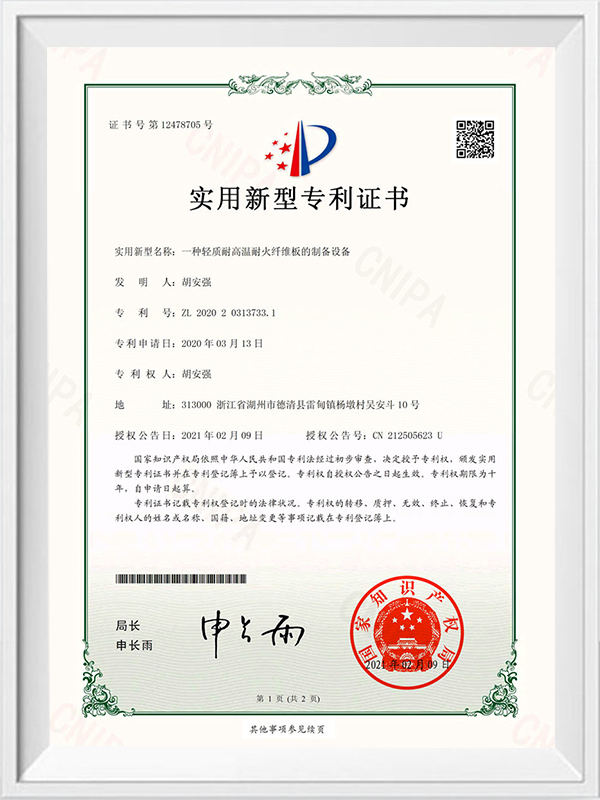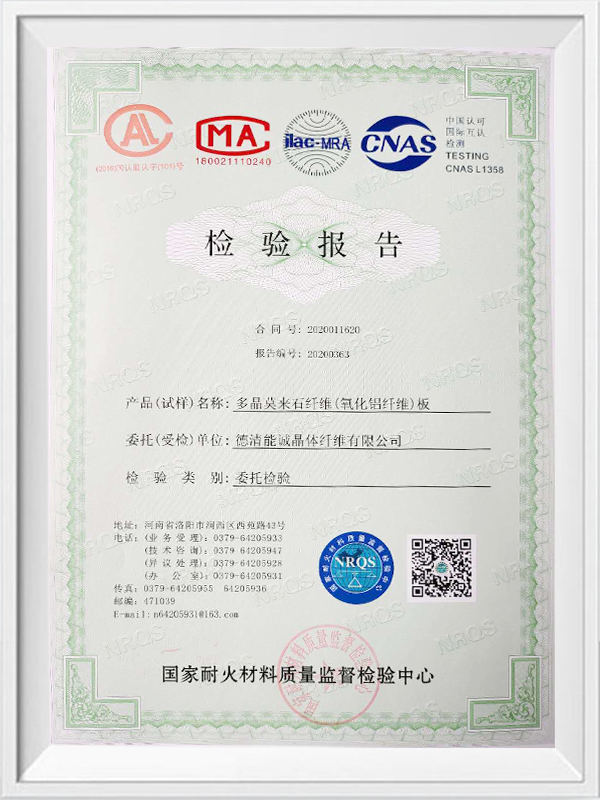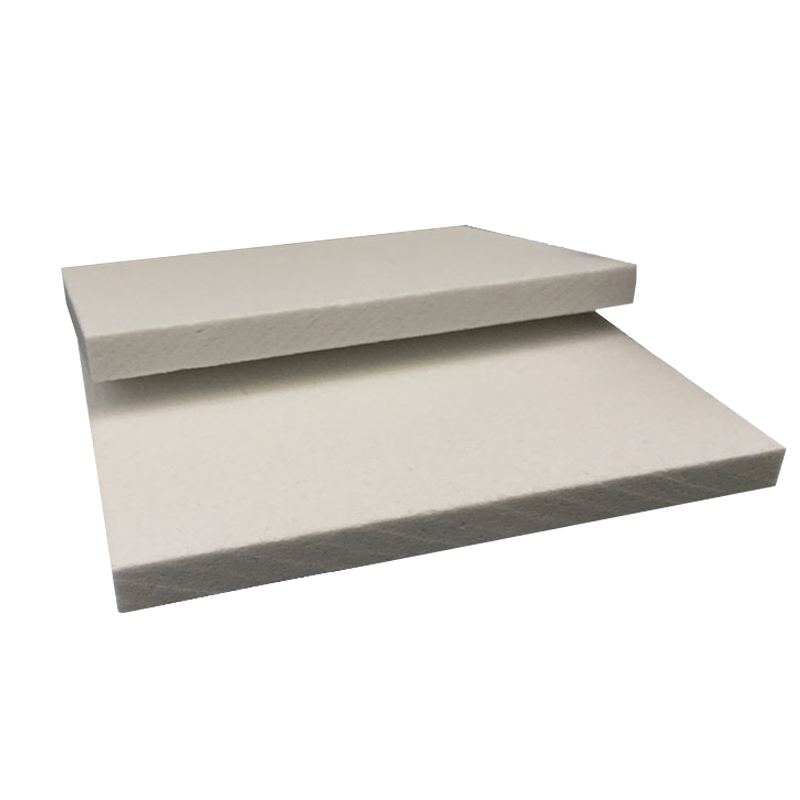
Alumina Ceramic Fiber Felt
Introduction
The NC fiber felt is made by using loose cotton combined with organic and inorganic binders, and formed through wet vacuum filtration. This product has elasticity, toughness, and semi-rigidity without dust. Due to the use of fire-resistant fibers with stable chemical properties, it is lightweight and has a good thermal insulation effect. It is a versatile product that can meet the complex needs of many industries.
Characteristics
The product features low thermal conductivity, heat resistance, high flexibility, good sound insulation, and corrosion resistance.
Application
The product is used as a sealing material for furnace doors and expansion joints; insulation and electrical insulation materials for heating devices in instruments;high-temperature sealing gaskets; glass and enamel; ladle covers and hot blast stoves;anti-abrasion parts inside furnaces.
Product Common Specifications
Customized according to the user's drawing or designed and produced by our company.
|
Model |
NC1260 |
NC1400 |
NC1600 |
|
|
Classification temperature(℃) |
1260 |
1400 |
1600 |
|
|
Density(KG/M3) |
150-250 |
150-250 |
150-250 |
|
|
Reheating Linear change(%) |
(1000℃x24h)<1.3 |
(1150℃x24h)<1.5 |
(1500℃x24h)<2.0 |
|
|
Chemical composition (%) |
Al₂O₃ |
45 |
52 |
70 |
|
Al₂O₃+SiO₂ |
99 |
99 |
>99.5 |
|
|
Fe₂O₃ |
0.2 |
0.2 |
||
Note: The technical data is determined by the testing standards used, on average, fluctuate within a certain range; the data do not represent the product quality assurance data.
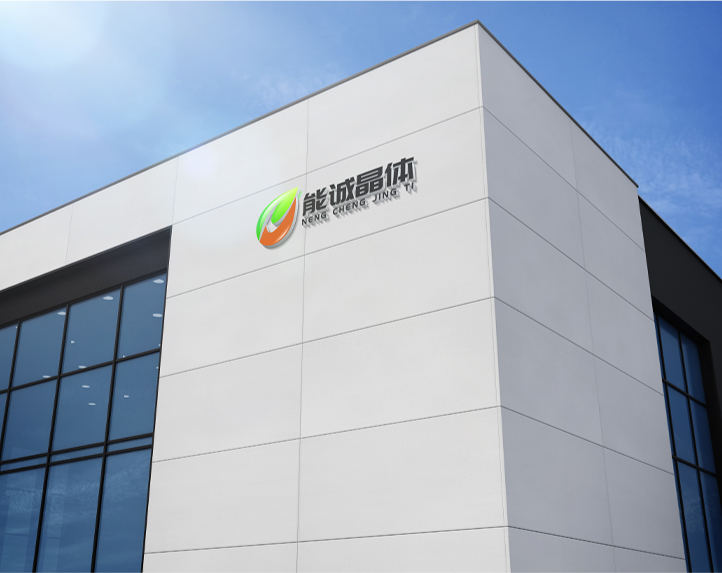
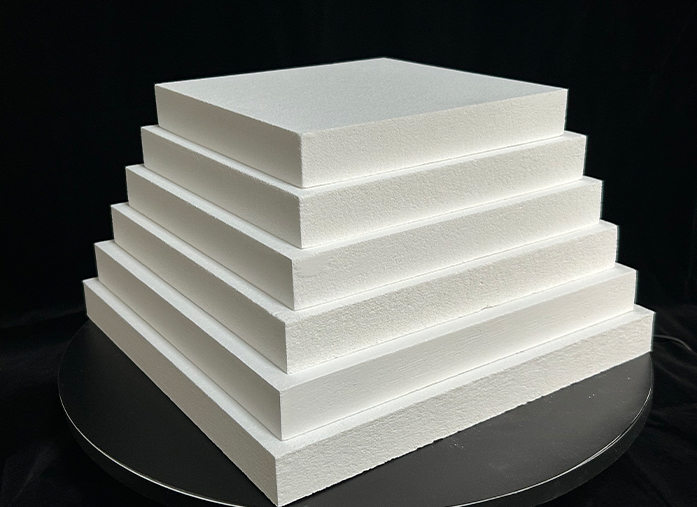
-
Introduction to High Temperature Muffle Furnaces High temperature muffle furnaces are essential equipment for laboratories and workshops that require precise heating, material testing, or heat treatment. These furnaces are designed to operate at extremely high temperatures while providing uniform heat distribution, durability, and safety. Selecting the right muffle furnace ensures efficient operation, reliable results, and long-term performance. Key Considerations Before Selecting a Muffle Furna...





 English
English Español
Español عربى
عربى

